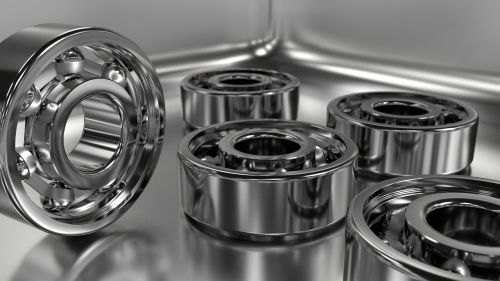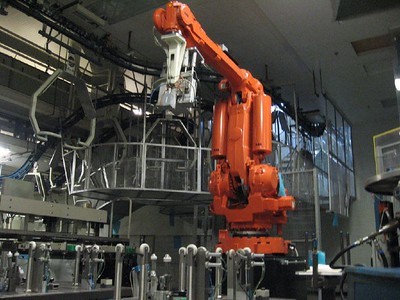
Another kind of groove.
As part of our Bearings 101 series of informational articles, we’ve decided to highlight types of bearings or bearing components. This time, we turn the spotlight on deep groove bearings.
Contrary to popular belief, Deep Groove Bearings did not back up Jimi Hendrix at Woodstock.
Deep groove bearings are the workhorses of the bearing world. Consisting of four parts — inner and outer rings, a cage, and ball bearings, deep groove bearings can handle radial and some axial loads. Their flat edges provide larger surface areas for higher load capacities. Many are built with shields or seals. Both types of closures help keep out contaminants and retain lubrication, extending the life of the bearing.
They come in two types — single and double-row bearings.
We use deep groove bearings in the machine tool, material handling, medical/pharmaceutical, agricultural, rail, wind energy, and food processing industries. Their versatility makes them one of the most commonly used types of bearing. Their design makes them run smoother, creating less friction. Less friction decreases operating temperature, noise, and vibration, extends bearing life, and reduces energy use and cost. They also need less lubrication and maintenance, keeping repair costs low.
Deep groove bearings are relatively easy to install and can withstand high temperatures while maintaining high rotating speeds. Depending on the application and your location, choose deep groove bearings using either metric or imperial measurement systems.
Are you interested in any of our other Bearings 101 articles? Here’s our glossary of bearing terms and our article comparing bearings and bushings.
What bearing-related subject would you like to read about? Let us know by email, phone, or by using the chat feature on our website.
Photo by Steve Harvey on Unsplash






